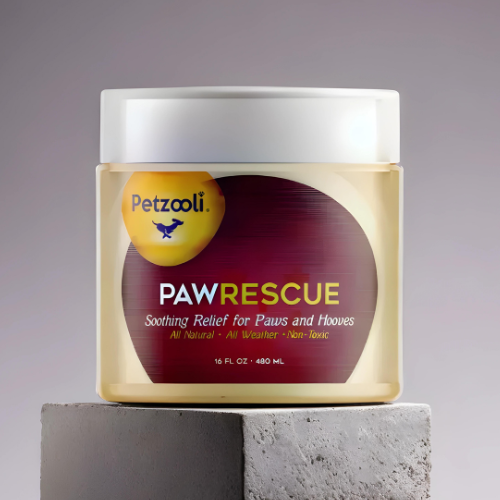
Why Is My Dog Shedding in the Winter? Key Reasons Revealed
Share
If you've recently noticed your furry friend shedding more than usual during the winter season, you may be wondering, why is my dog shedding in the winter? While some pet owners may associate shedding more with the warmer months, many dogs actually shed their coats during the winter as a part of a normal cycle. Understanding this natural behavior can help health-conscious pet owners take better care of their dogs.
In this article, we will explore the various reasons behind winter shedding, the differences between shedding and skin conditions, and what you can do to manage your dog's coat during these chillier months. Let's dive in!

Understanding Dog Shedding
Shedding in dogs is a natural process that happens throughout the year. It's essential to grasp how shedding occurs and what factors trigger it. This may involve changes in seasonal climate, indoor heating, and even your dog's diet.
Common Reasons for Shedding in Dogs
When answering why is my dog shedding in the winter, we need to consider a few key reasons:
- Seasonal Changes: Many dogs have a double coat, which means they have a thick undercoat for insulation and a top layer for protection. As temperatures change, especially when they experience the harsh winter cold, they may begin to shed their undercoat.
- Indoor Heating: The use of heaters inside homes can lead to dry air, which may cause a dog's skin to become dry and flaky. This, in turn, can increase shedding.
- Dietary Factors: A poor diet can significantly impact the health of your dog's skin and coat. Ensuring your dog is getting the right nutrients can help reduce excess shedding.

Difference Between Shedding and Skin Conditions
As a responsible pet owner, its crucial to understand the difference between normal shedding and potential skin issues. Shedding often appears as loose, dead hair on the floor or furniture. However, if your dog is losing hair in patches, scratching excessively, or showing signs of irritation, its wise to consult a veterinarian.
Managing Shedding During Winter
Now that we know why dogs shed during the winter, lets look at some practical tips you can implement to manage this.
- Regular Grooming: Brush your dog's coat several times a week to help reduce loose hair. This will not only keep your home cleaner but also stimulate the skin, promoting healthy hair regrowth.
- Hydration: Ensure your dog has access to fresh water at all times. Adequate hydration helps maintain skin moisture, reducing dry skin and related shedding.
- Quality Diet: Feed your dog high-quality food rich in omega fatty acids, which can greatly improve skin and coat health. Check out our post on best dog food options.
When to Seek Veterinary Advice
If despite your best efforts the shedding continues to seem excessive, it may be time to consult a vet. Certain medical conditions such as allergies, parasites, or hormonal imbalances could be contributing factors. A professional can help diagnose underlying issues and recommend appropriate treatments.
FAQs
1. Is it normal for a dog to shed in winter?
Yes, it is normal for some dogs to shed in winter as a response to seasonal changes and indoor conditions.
2. How can I minimize shedding during winter?
Regular grooming, maintaining proper hydration, and ensuring a quality diet can help reduce shedding.
3. When should I worry about my dog's shedding?
If your dog is losing hair in patches or shows signs of skin irritation, its best to consult a veterinarian.
For more insights on this topic, you can refer to cleaning tips.
As an Amazon Associate, I earn from qualifying purchases.
